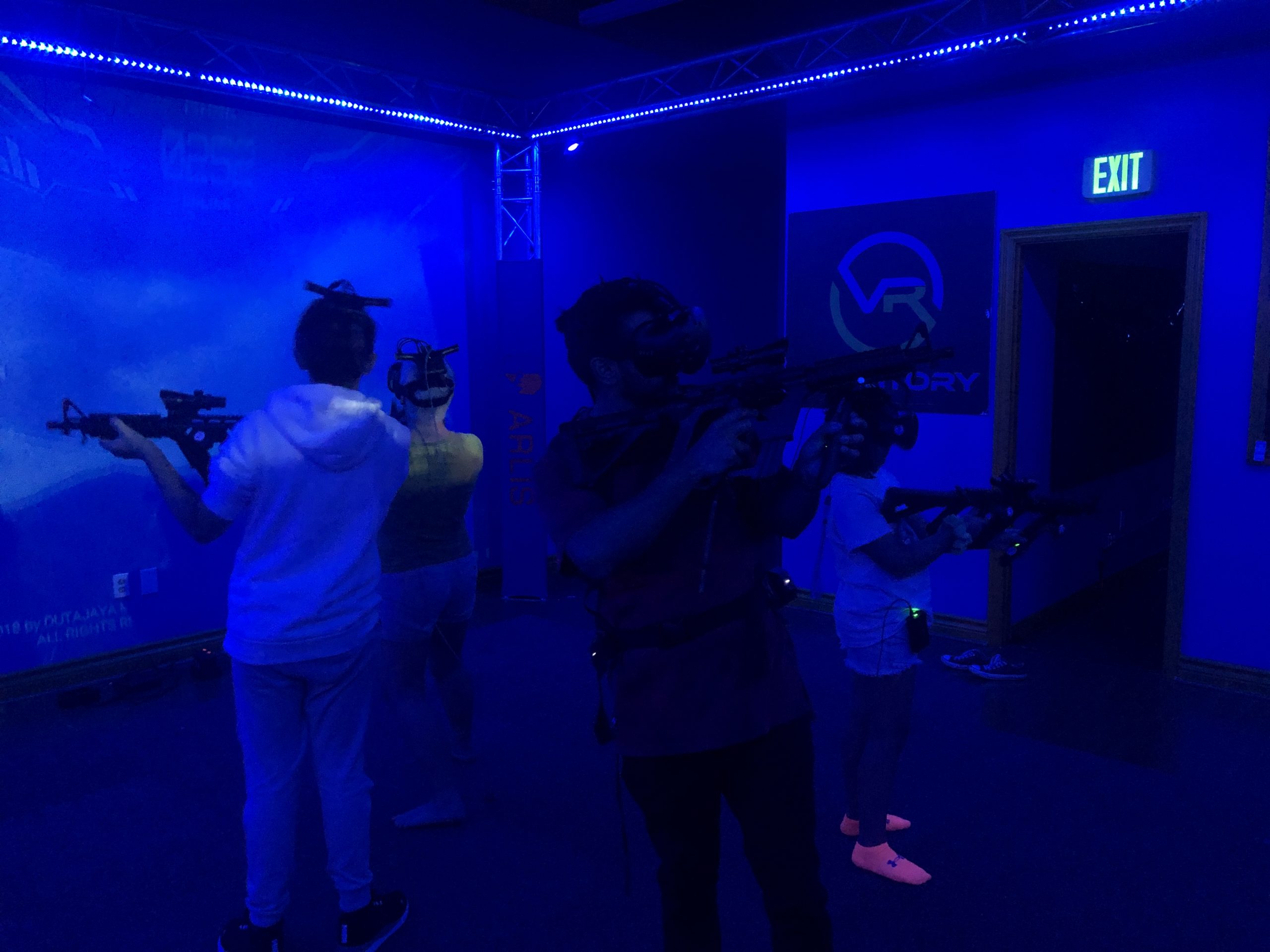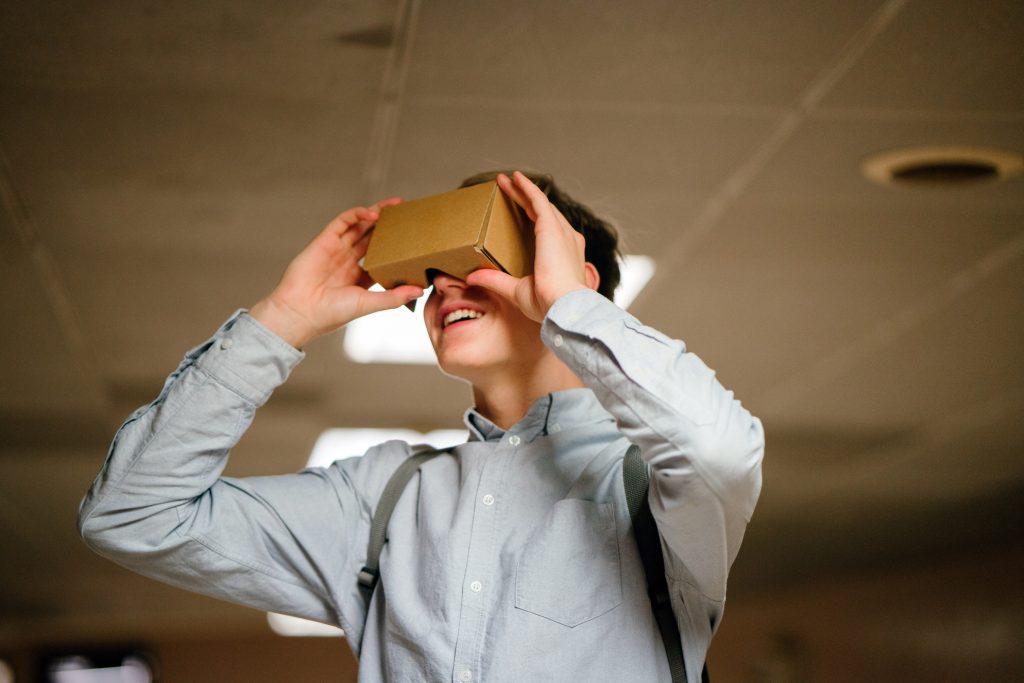RE-BIRTH OF VIRTUAL REALITY
Los Angeles, CA (March 05, 2021) —
Tech gurus would testify that 2012 marked the rebirth of Virtual Reality (VR). By actively influencing and shaping various industries such as gaming, entertainment, education, and medicine, to only name a few, virtual reality began defying boundaries and limitations of the past and thus technology could never be the same. With the advent of the Oculus Kickstarter campaign which proved successful raising almost $2.5million and with the introduction of Oculus DK1 in 2013 by Palmer Lucky, VR was truly reborn after the failure in the 80s and 90s mostly due to limitations in technology. In March 2014, Facebook purchased Oculus for $2 billion and by 2014 companies like Sony, Samsung, Google and Microsoft were heavily invested in VR Technology.
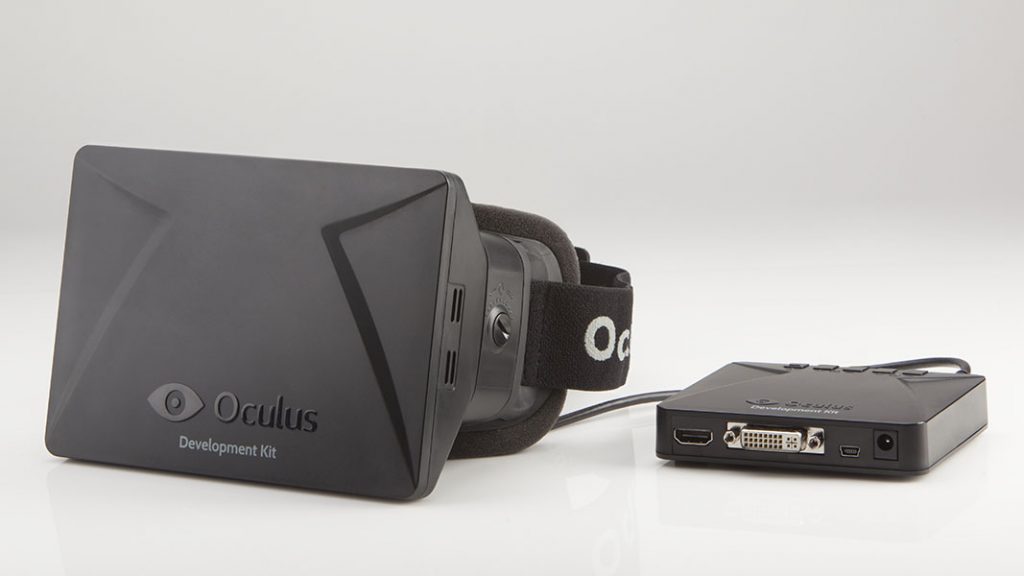
A LOOK BACK IN TIME
As we take a look back in time, the history of VR is longer than you think. Invented in the 1950s, the first head-mounted display (HMD) system, The Sword of Damocles, was invented in 1968 by a computer scientist Ivan Sutherland and his student Bob Sproull. The term “Virtual Reality” was popularised by Jaron Lanier in the 1980s. In the 90s VR was used for training and simulation in the US military and NASA. Mass production of VR systems began in the early 1990s, which led to the openings of arcades dedicated to VR. Through all this development there are a few things that are common, VR was impractical, very expensive, not consumer-friendly, and not portable. There were few other developments along the way like SEGA announcing VR glasses, Nintendo virtual boy, etc.
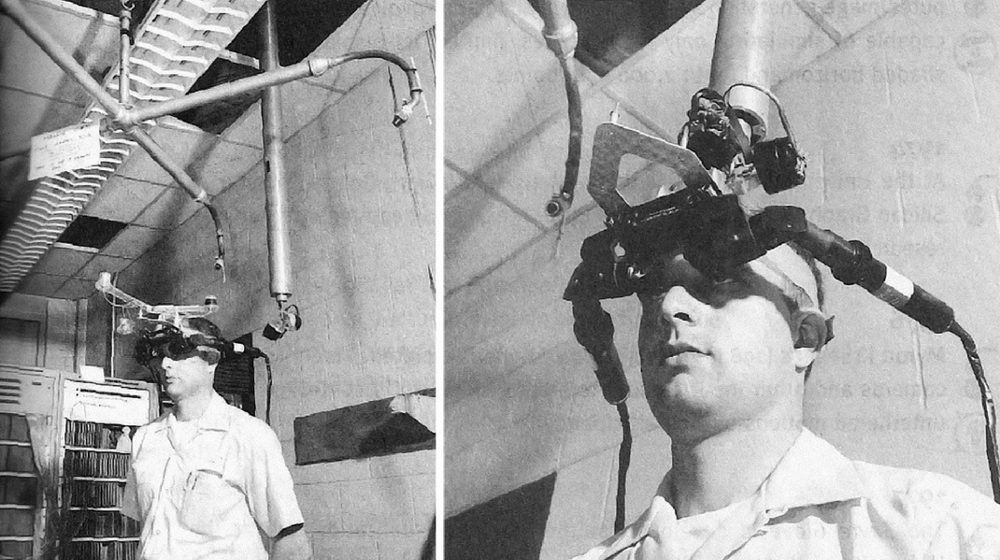
THE PRESENT JOURNEY
VR is entering its second generation, which is expected to have greater appeal to consumers as well as enterprises compared to the previous generation. In 2015 and into 2016 is when all hell breaks loose, This is the period where everyone unleashes VR products that are ready for primetime with HTC VIVE and Oculus Rift leading the way. HTC VIVE especially with its partnership with VALVE, and with the introduction of SteamVR finally had all the components necessary to be a medium that can be embraced by consumers and small businesses alike. This led to the proliferation of Arcades dedicated to VR with hundreds of VR Arcades popping up around the world. In 2018 standalone headsets were introduced without the need for a smartphone or computer to work, this led to the rapid decline of Mobile VR as standalone VR systems such as Oculus Go and Quest were becoming more affordable.
Synthesis VR has not just been a part of this journey but at the forefront of VR technology for location-based VR entertainment centers. The team was hard at work prototyping a flexible software solution capable of serving the Location-Based Virtual Reality (LBVR) segment in many different ways. Soon our efforts grew into establishing the very first VR arcade in Los Angeles and one of the very first in the world. From those modest beginnings, Synthesis VR has made a profound impact on Virtual Reality and has grown into a global company with offices located in North America and Europe. Our portfolio is in use by over 300 locations all over the world. Synthesis VR today delivers solutions for a vast number of business scenarios, including but not limited to room-scale, free roam, racing simulators, coin-op, online widgets and payments, education, online business VR environments, and many more.
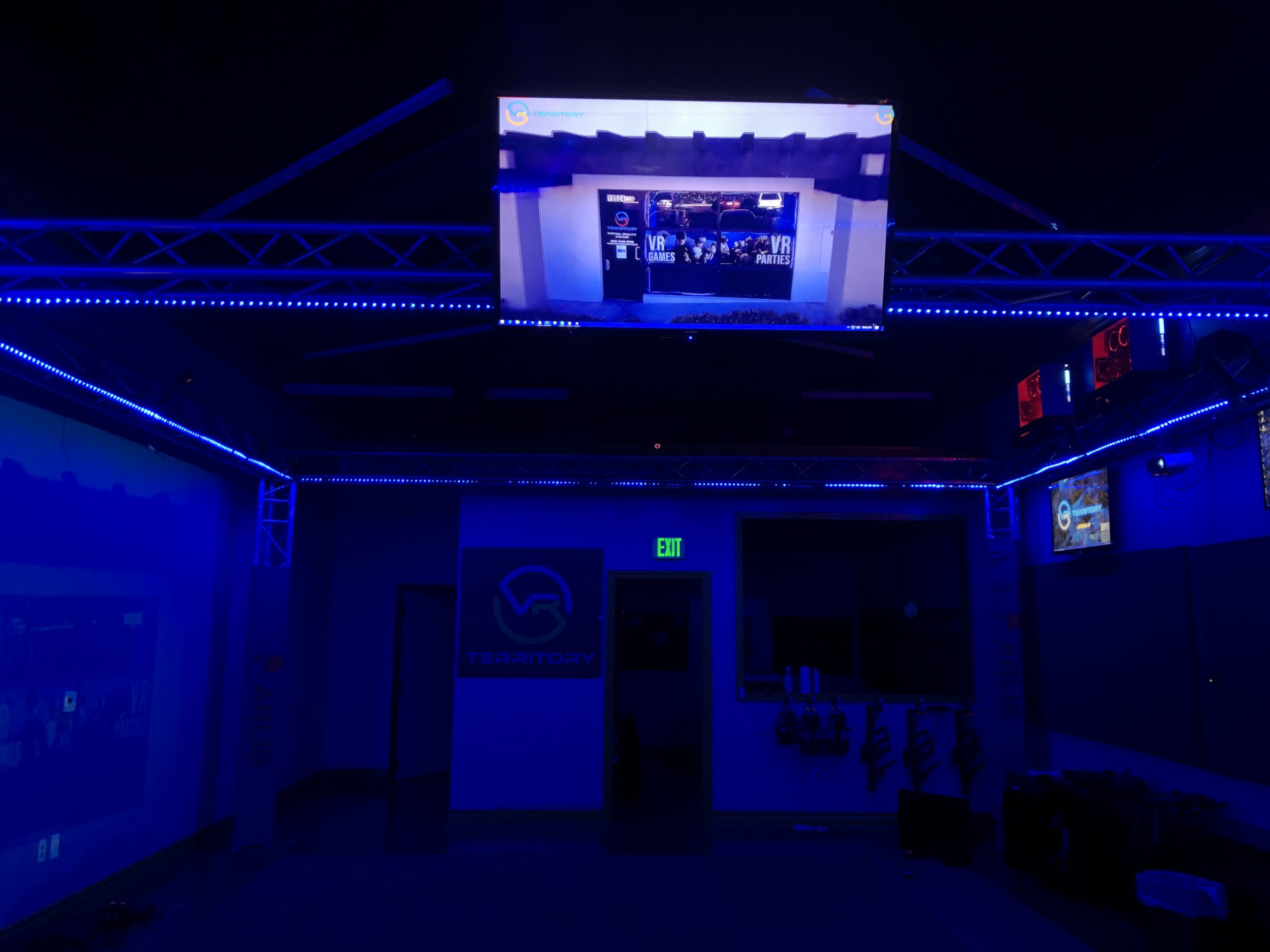
We are on an exciting journey to provide the next generation of premium Free-Roam, e-Sport, and Racing content. Our efforts are accompanied by extensive work done in the field of Room Scale experiences and the standalone Head-Mounted Display (HMD) platforms. We are focused and highly motivated to unleash the LBVR potential and to create additional value on a global scale for the Virtual Reality for the business segment. We know continuing to evolve our culture is a critical driver of our success and forward momentum.
THE FUTURE
Looking into 2021 and the future, VR technology has evolved significantly over the past five years, with improvements on both the hardware and software side. However, consumers have not fully embraced VR in the gaming and entertainment industry, and when compared to the console or PC gaming industry, VR is lagging fairly behind. Issues such as latency, nausea, high prices, space, and underdeveloped ecosystems have been obstacles to widespread adoption. One of the biggest surprises in all this is the proliferation of arcades and entertainment locations dedicated to VR given the failure in the consumer industry. A new industry was born where entertainment locations have been popping up dedicated to VR or existing locations allocating space dedicated to VR. The biggest reason for this success is these locations proved to be a haven for consumers in terms of space needed to play with friends and family in a safe environment and experience the latest technology and games at a fraction of the cost.
Though the initial focus was heavily on room-scale or booth-type VR entertainment, the landscape is changing rapidly and locations are moving towards other forms of VR experience that cannot be easily duplicated by consumers at home. One of the more successful forms of entertainment to be born is FREE ROAM VR ARENA.
